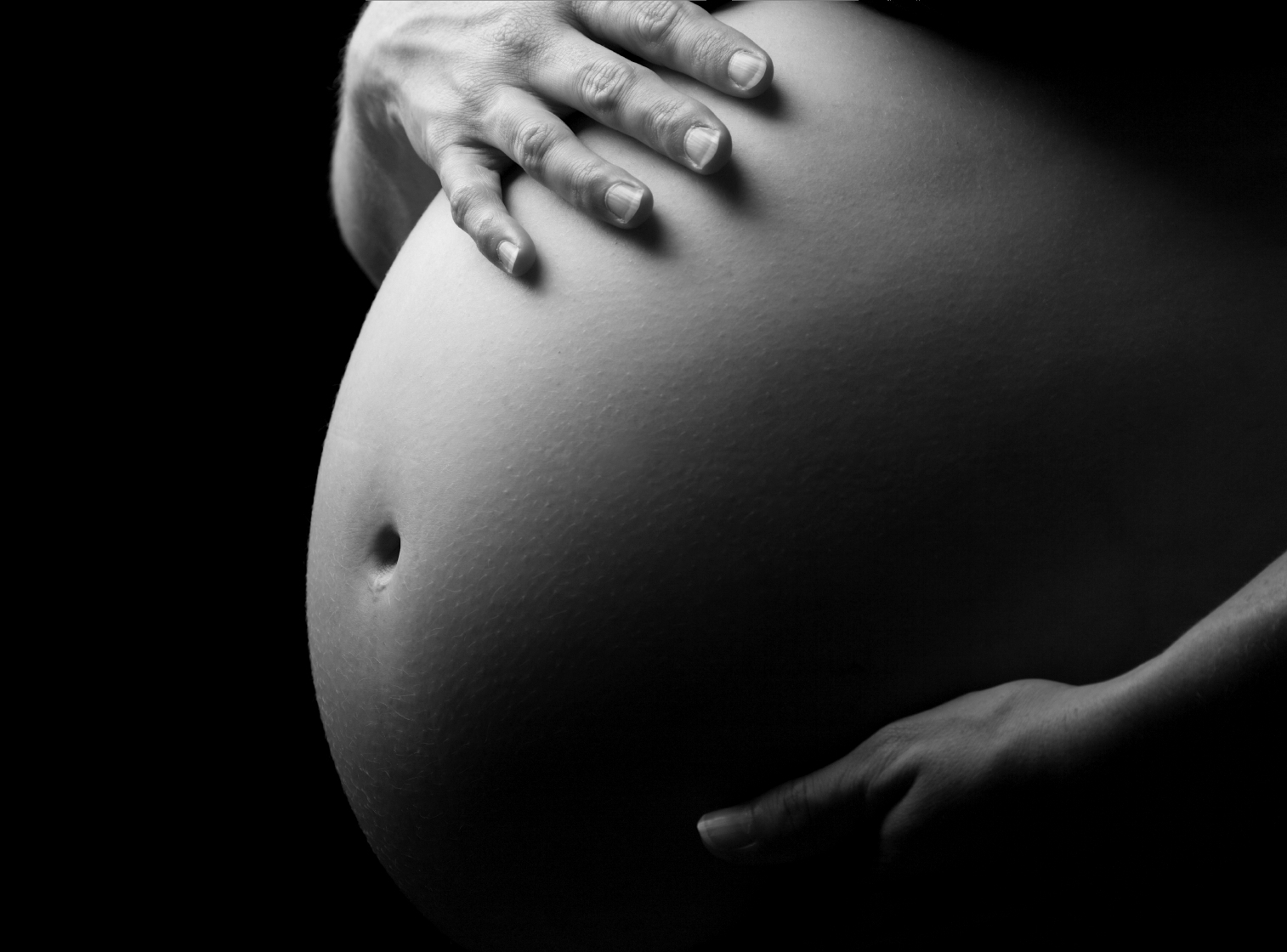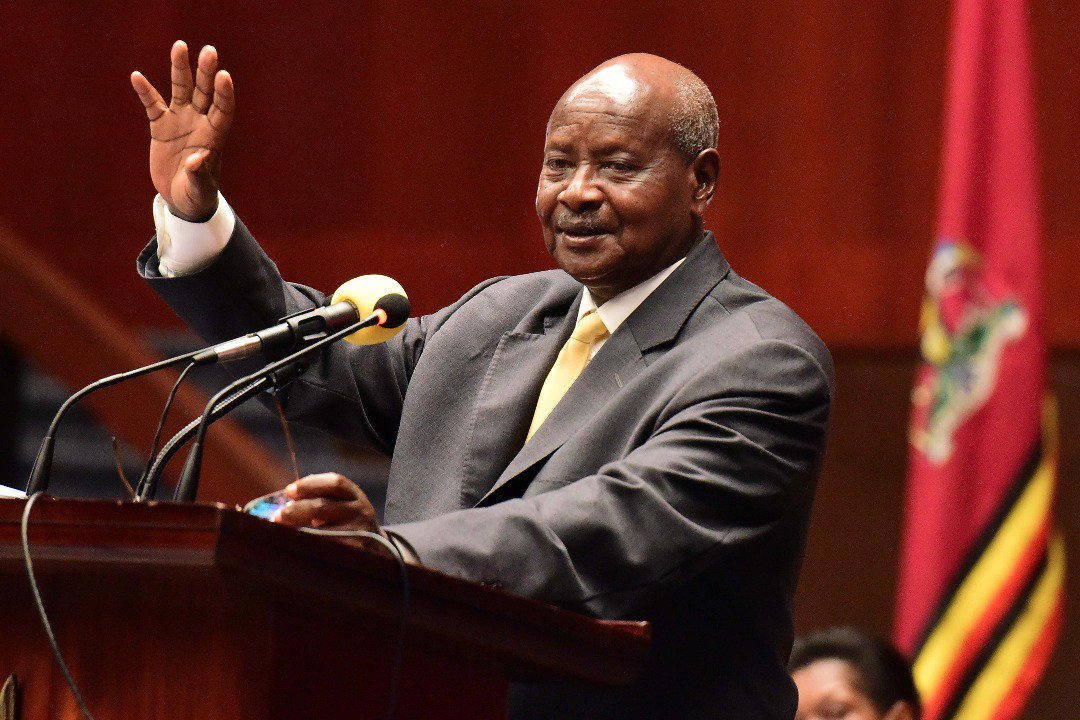The African Development Bank Group is providing USD 301 million to overhaul the Kampala-Malaba Meter Gauge Railway (MGR). The railway line is part of the East African Community’s Northern Corridor linking the capital, Kampala, to Kenya’s coastal city of Mombasa.
The funding will be provided under the East African Community Railway Rehabilitation Support Project which is expected to bolster rail services and lower transportation costs across the region, endowed with agricultural land, minerals and petroleum production and manufacturing.
The financing approved by the Group’s Board of Directors consists of loans and grants from the Africa Development Bank and its concessional lending window, the African Development Fund. The works entail the immediate rehabilitation of 265-kilometre of MGR tracks between Malaba and Mukono, including the line to the Jinja Pier and Port Bell on Lake Victoria.
The project incorporates training and skills development for the railway workforce. It also will integrate nature-based solutions, including tree planting, to enhance the climate resilience of the tracks.
During the Board approval, African Development Bank Group President Akinwumi Adesina observed that rail tracks will be instrumental in linking rural-based Special Agricultural Processing Zones, which the African Development Bank is promoting, to markets and other vital logistics hubs. He added that the lines are critical to opening up the heartland of Africa, where there is immense agricultural and economic potential.
The Kampala-Malaba Meter Gauge Railway is part of the multi-modal Northern Corridor route, which includes road transport from Mombasa in Kenya to Uganda and neighbouring countries, including Rwanda, Burundi, South Sudan and Eastern DR Congo. The corridor also has maritime links with Lake Victoria’s inland waterways.
Rail is viewed as a safer and more affordable mode of transport than road, but currently, more than 90 per cent of the traffic along the northern corridor is carried by road, with a mere 7 per cent moving by rail because of poor infrastructure. As a result, transport costs along the corridor are comparatively high. The project is expected to directly benefit nearly 1.2 million people, about 40 per cent of them women.
The project is aligned with Uganda’s Vision 2040 National strategy as well as the East African Community’s Vision 2050, which aims to deepen trade and transform East Africa into a globally competitive upper-middle-income region.
The East African Community Railway Rehabilitation Support Project also advances the African Union’s Agenda 2063 and three of the African Development Bank’s High 5 operational priorities: Integrate Africa, Industrialize Africa and Improve the Quality of Life for the People of Africa.
-URN






